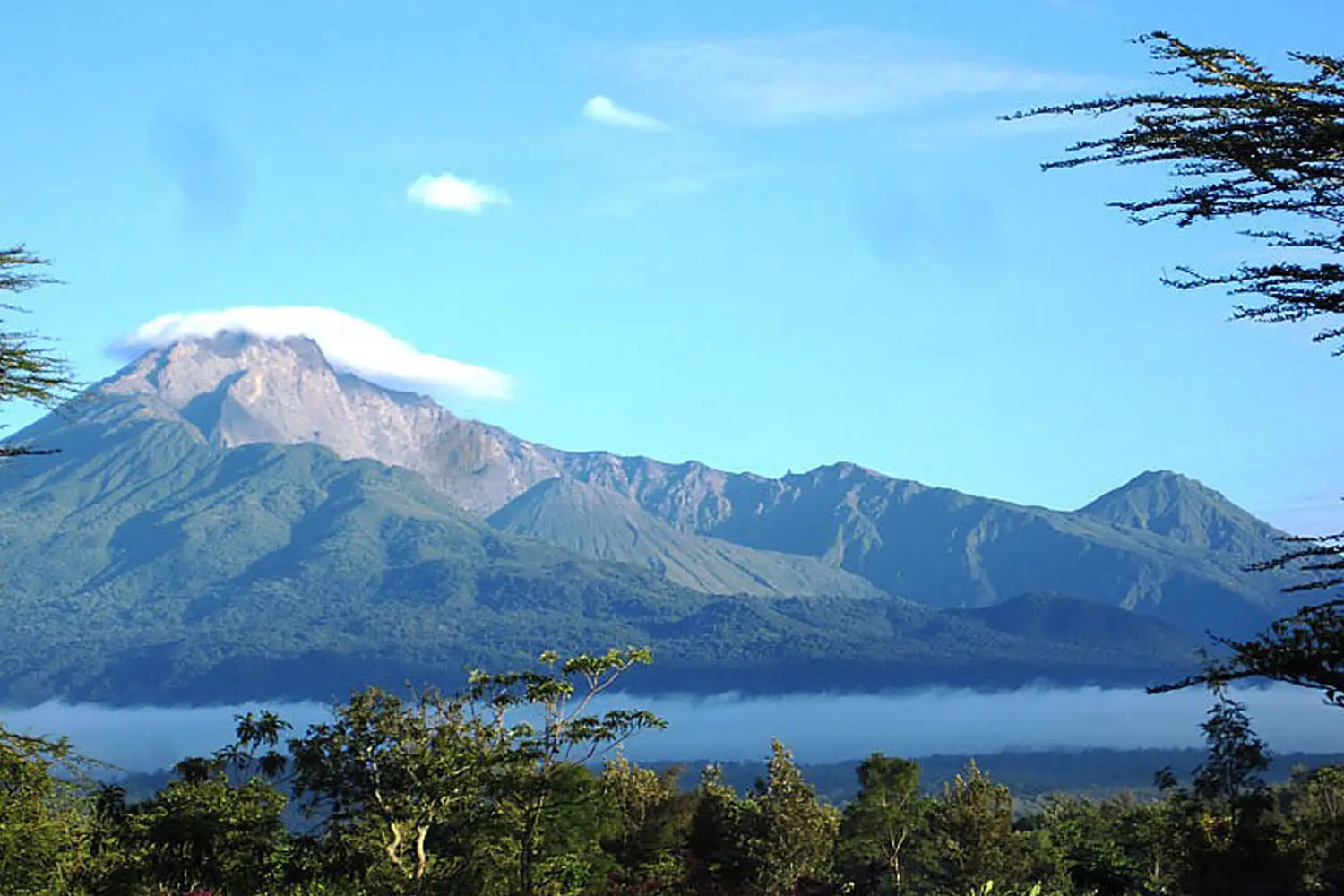Serengeti South, also known as Southern Serengeti, is a spectacular region of endless short grass plains that stretch from Ndutu in Tanzania to the northern Ngorongoro Conservation Area. This area is particularly famous for being the birthing ground of the Great Migration, where over 500,000 wildebeest calves are born between January and March.
Unlike the central and northern Serengeti, which are characterized by riverine forests and rocky outcrops, the southern plains are open and vast, making it an ideal hunting ground for predators such as lions, cheetahs, and hyenas. The rich, grasses provide the perfect nourishment for the migrating herds, ensuring their survival before they move north toward the Western Corridor and Grumeti River.
Wildlife in Serengeti South
- Wildebeest & Zebras: The heart of the Great Migration, with thousands of animals giving birth in synchrony, attracting predators.
- Big Cats: Lions, cheetahs, and leopards thrive in this region due to the high concentration of prey.
- Hyenas & Wild Dogs: Opportunistic predators that take advantage of the vulnerable calves during the migration season.
- Elephants & Giraffes: Often spotted on the outskirts of the plains, where there is more vegetation.
- Birdlife: The area hosts over 500 bird species, including secretary birds, Kori bustards, vultures, and migratory species from Europe and Asia.
Wildebeest Calving in Southern Serengeti
Southern Serengeti, particularly the Ndutu Plains, is the heart of the Great Wildebeest Migration’s calving season. From late January to early March, over 500,000 wildebeest calves are born within a short span of weeks, transforming the plains into a nursery for the newborns. This period is one of the most dramatic and thrilling wildlife spectacles in Africa.
The nutrient rich short grass plains provide an ideal environment for nursing mothers and their calves, offering plenty of fresh grazing after the seasonal rains. However, this abundance also attracts predators such as lions, cheetahs, hyenas, and leopards, making the calving season an intense battle for survival. Cheetahs take advantage of the open plains to hunt, while hyenas and lions target the vulnerable newborns.
Visitors looking to witness this extraordinary event should plan their trip between January and March, when the migration slows down in the south before the herds begin moving northwest toward the central Serengeti.


